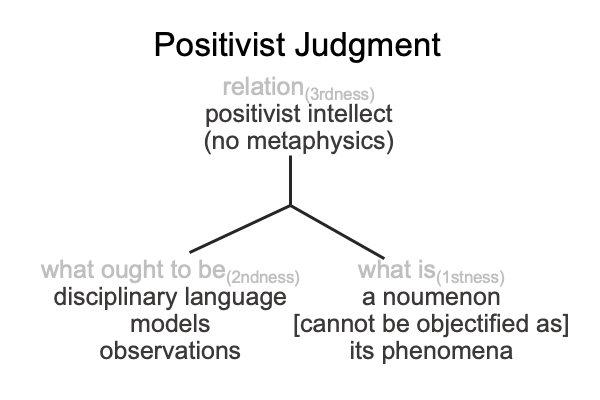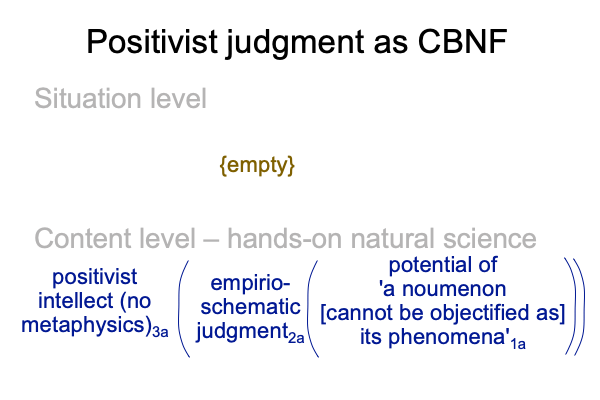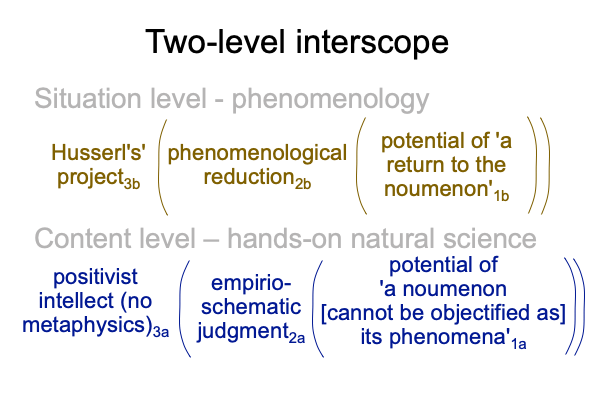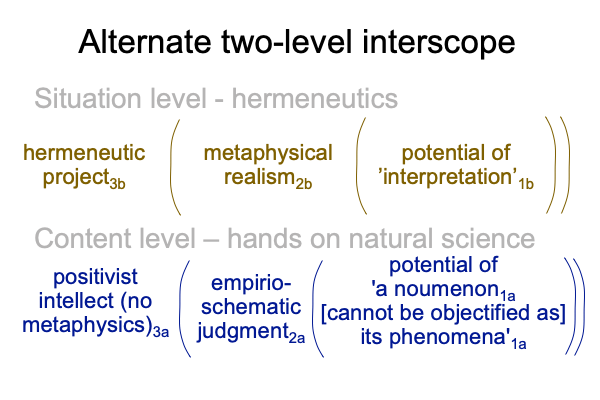Looking at Thomas Michaud’s Essay (2021) “Anatomy of the Progressive Revolution” (Part 7 of 9)
0027 The personal is the political.
In the progressive agenda, the content-level actuality2a is a dyad, group [subsumes] individual2a.
The word, “individual”, no longer means a person who stands before God. The individual reduces to someone carrying a group identification tag.
Similarly, identity1a potentiates group affiliation3a, not the person that I call “me”.
0028 Michaud calls this, “depersonalization”.
With this in mind, I consider the virtual nested form in the realm of possibility for the progressive interscope.

0029 The normal context of social justice1c virtually brings the actualities of ideological apparatuses (such as state education, justice system and corporate media, to name a few)1b into relation with the possibilities inherent in identity1a.
If “justice” is a virtue for traditional folk, then “social justice1c” is a hegemonic, demiurgic alternative. Social justice1ccontextualizes the actuality of economics [transforming] morals [&] culture2b and answers the question, “When is justice (in the traditional frame) injustice (in the progressive frame)?”
0030 Here is one of the resulting twists.
The category-based nested form for the traditional view appears below.
The arrows, however, depict trans-categorical flows from the progressive point of view.

0031 Is this a misperception? Or, is this an accusation?
To the progressive, there is one deterministic flow to the traditional schema. Religion3 flows through morality and culture2 and pours into alienating political systems and exploitative economic arrangements1.
To the traditionalist, there are two transcategorical flows. Religion3 flows into morality2. Politics and economics1 enliven culture2, through cooperative and laborious human action.






